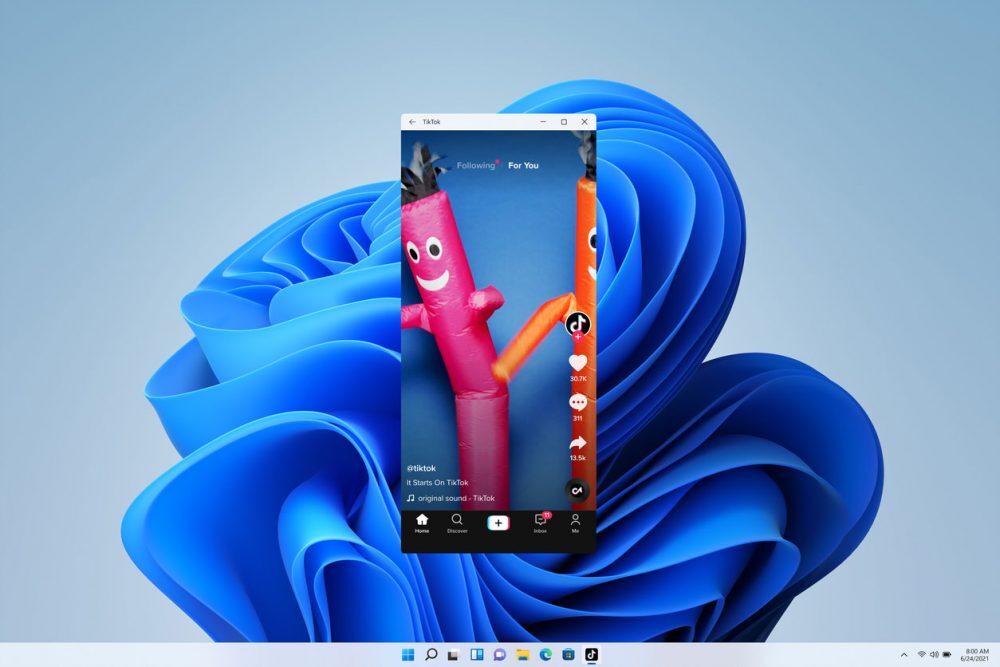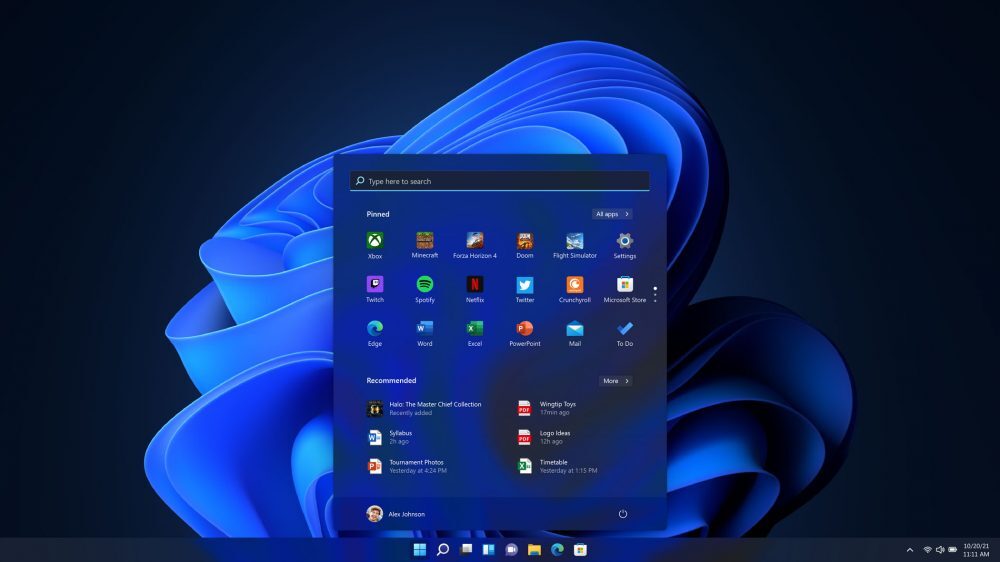News about Microsoft’s new operating system Windows 11 continues to roll out as we near the launch and we finally have a date for when that’ll be.
Late yesterday Microsoft announced the official date it’ll be making the upgrade to Windows 11 available: 5 October 2021. As with the Windows 10 rollout, Microsoft will stagger the rollout for 11, making it available to newer eligible Windows 10 PC users as a free upgrade first. That’s if you’ve got an activated Windows 10 licence (you wouldn’t steal a Windows).
The free upgrade won’t be available to everyone right away. You might find that you’ll need to wait a bit, which we would recommend doing anyway. There are bound to be a few day-one hiccups, like any new program, software or game.
Windows 11 highlights to look forward to
We’re going to reserve complete judgement until we get our hands on a fully released version of Windows 11 as so far it’s been early releases and insider previews. In the meantime, here are some of the features we look forward to seeing the most.

Windows 11 will include native support for Android apps, downloadable right from the newly refurbished Microsoft Store via the Amazon app store. Gone are the days of needing to download third-party platforms to run Android apps on your PC. At least that’s what Microsoft is aiming for.
The new OS will also feature better app snapping functionality. You’ve been able to snap apps side-by-side for a while now, but Microsoft will expand it with snap layouts so you can fit even more on your screen. You’ll also be able to save groups of snapped apps and recall them as you wish with Snap groups (very original, Microsoft).
Not every change is for the better though. With Windows 11, Microsoft is changing how your system’s default apps will work. Currently, you can set Chrome, for example, as your default browser and any web-based links or content you click on will be opened in that.
In Windows 11, if you miss the initial prompt to change your browser, you’ll need to go into your settings and choose the app based on all the different file and extension types that browsers use. There’s a lot, so good luck. Sometimes giving users more control over the small things is good, but we don’t think this is one of those times.
The question of if your PC is eligible to upgrade still hangs in the air. As it stands right now, the requirements exclude a lot of still perfectly good devices. Microsoft is still working on the PC Health Check app, which will be able to tell you if your device meets the standards (or why it doesn’t). But that app is only available to Windows Insiders right now. Keep your eye on the requirements page for when it becomes available to everyone again.
If it feels like it was just yesterday that you upgraded from Windows 7, and the thought of changing your OS again frightens you, you’ll be able to stick with Windows 10 until the 14th of October, 2025.




